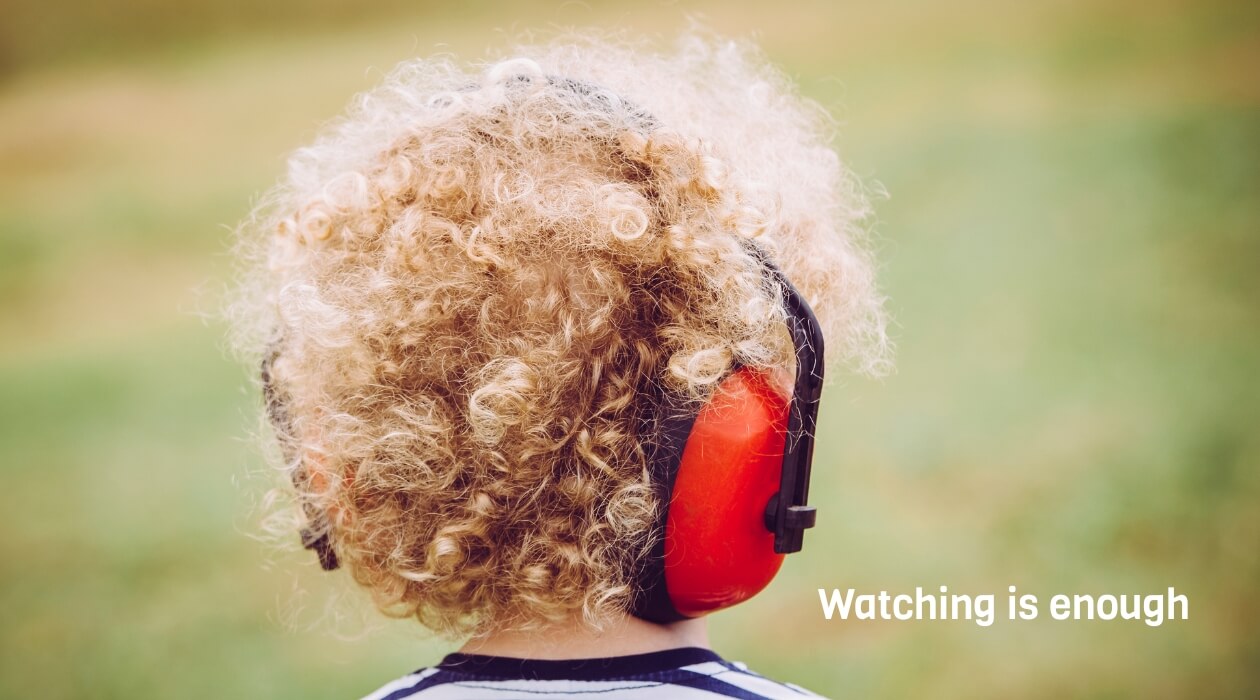Gentle ideas for home educators and nature-loving families, when things feel hard.
When Nature Feels Out of Reach
Even the most outdoorsy families among us have days (or seasons) when getting outside feels like climbing a mountain. Maybe our energy is low, our child is resistant, or life feels simply too full. At times like this, hibernating indoors can seem like a much more appealing option. We’re not alone—and we’re definitely not failing.
This post is for those heavy moments. It’s for the home educators who feel stretched and for the parents of neurodivergent children, who are struggling to leave the house.
Nature learning doesn’t have to be big, messy or far from home, to be meaningful. The reward is that with very little effort needed, being outdoors and around nature can be re-energising, calming and mood-lifting for the whole family.
The Power of Noticing
There’s no need to hike a woodland trail or pack a backpack to connect with the natural world. Sometimes, all it takes is a patch of weeds by the pavement, a container of soil or a ten-minute sit by the window.
Try this: Watch ants.
For ten minutes, just observe. Notice their trails and patterns. Are they climbing stems, tending aphids or carrying crumbs?
Any tiny act of noticing nature counts. It builds patience, focus and curiosity—and it requires almost nothing.
Low-prep, High-value, Nature-based Ideas (UK-Friendly)
Here are some low-prep ways to keep nature learning alive - even during those low moments:
- Ant Watch: Put down a spoonful of jam on a patio or step and wait. Observe who arrives.
- Window Sill Safari: Look outside and list 3 things that move, 3 that stay still and 1 you’ve never noticed before.
- Smell the Season: Elderflowers, damp grass or tomato vines. Let scent lead a learning moment.
- Sit Spot: Pick one place outdoors and return to it once a week. No task—just sit, listen and notice what’s changed.
- Nature Jar: Collect one tiny item a day – a feather, a leaf or a pebble - and pop it in a jar or tray.
Gentle Planning for Tough Days
Here are a few gentle strategies for juggling health, burnout or resistance from our children:
- Use established routines: Nature doesn’t have to involve a big, new task, just a tiny adaptation. Open the window while brushing teeth or watch the clouds after lunch.
- Nature minutes - not hours: Aim for 5 or 10 minutes, not a full morning.
- Leave the "shoulds" behind: No need for long explanations, just let nature lead.
- Child-led choices: “Shall we go outside with our shoes on, or barefoot?” “Shall we count ants or clouds?” This can be very helpful for children with PDA (a condition often found in neurodivergent children, that triggers resistance to direct instructions).
- Bring Nature In: On the hardest days, bring a twig, a leaf or a flower indoors. Observe it. Smell it. Draw it.
- Use the nature jar (see the previous section). Get those items out of the jar and reflect on where they were found and why they were chosen. It’s a great way for everyone to re-live those positive outdoor experiences, without anyone having to leave the house.
Sensory-Friendly Tips
For children with sensory processing differences, nature learning might need adjusting—not abandoning.
- Headphones for birdsong, not noise. Use noise-cancelling headphones and play calm nature sounds instead.
- Start with looking, not touching. Some kids find textures too much. Watching is enough.
- Stay local. A picnic to observe nature around us, doesn’t have to involve a long drive to an unfamiliar place. Taking favourite foods to eat on a blanket in the garden, ensures that the tastes and surroundings feel safe and reassuring.
- Create a sensory ‘yes space’ outdoors. Items like a blanket, a pop-up tent, or even just a familiar hat, can help kids to feel safe outside.
- Use visual timers or storyboards. Show what the outdoor time will involve and when it will end.
It’s Still Nature Learning
If all we do this week is notice the bees on the windowsill, sniff some mint leaves or admire the colour of a pebble – we’ve done it! We’ve helped our children to build connection, curiosity and calm, while respecting everyone’s energy levels and needs.
Nature learning isn’t about ticking off achievements. It’s about our relationship with the seasons, the world around us and with ourselves and our children.
Even during periods of overwhelm - we’re still nurturing that connection.



Comments ()